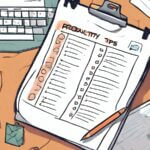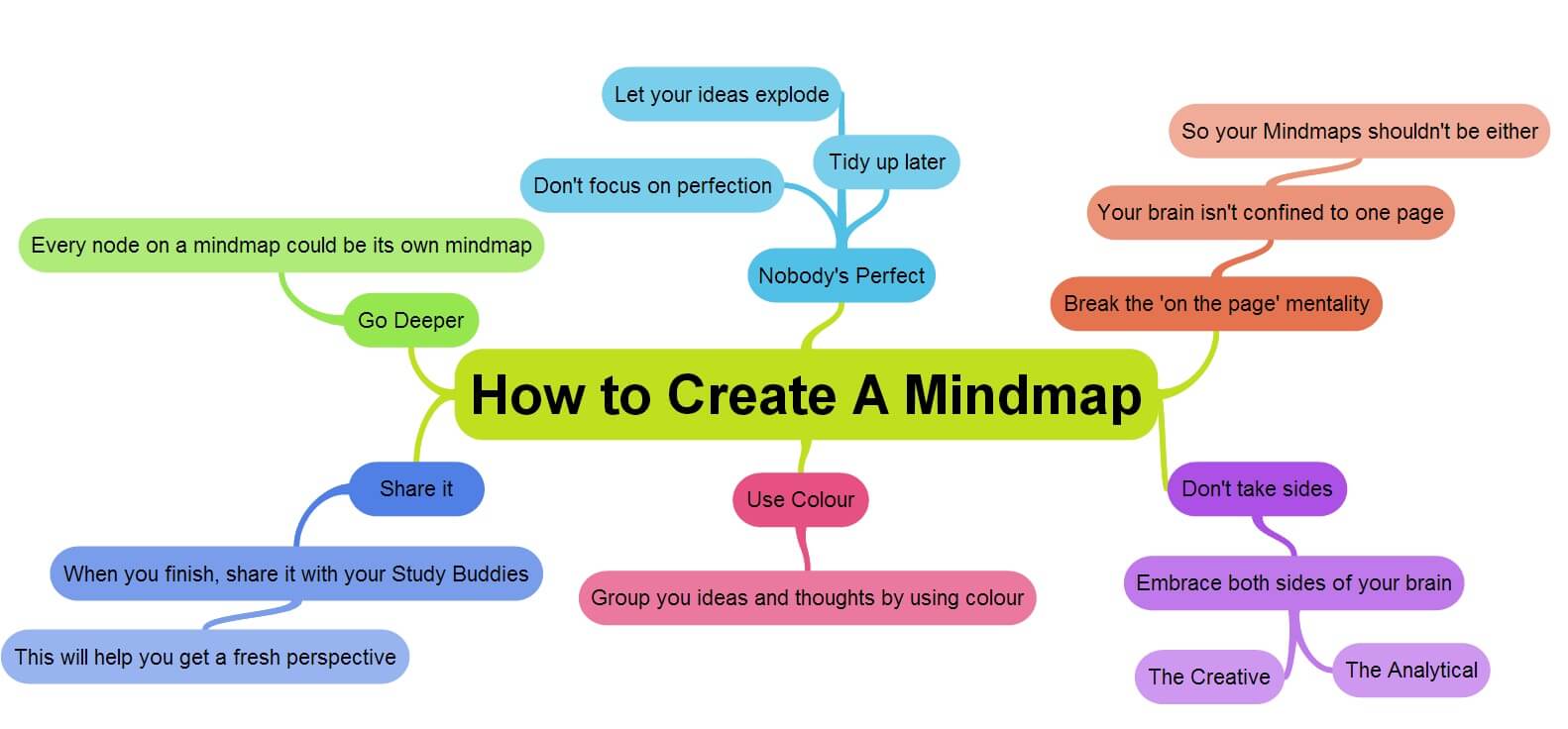Arriving at a good decision is one of the most sought after competencies in the modern day world, lets look at using Mind maps to solve this complex and critical issue. The rationale underlying a mind map is that the human brain is different from a computer. Memory is naturally associative, not linear, so any idea has potentially numerous links in the mind, attaching it to other ideas and concepts. Mind maps allow these associations and links to be generated and illustrated. They use key words and images that are arranged according to importance and organized in a non-linear graphical manner into groupings or branches.
The credit for originating and developing the mind map as a formal creativity technique is usually given to Tony Buzan, a British brain researcher who in the 1970s developed the mind map as an efficient method for note taking and idea generation by association.
When to Use
Mind maps are useful when there is a central topic, such as a product, market, technology, or process, to build on. The overall picture of a particular problem or challenge is illustrated, as well as the details that make it up. The mind map shows what is known about a particular topic and identifies any critical gaps. When thoughts and perceptions are presented in a graphical form and images, color, and pictures are used, an overview emerges, and new connections can be made visible.
You May Also Like To Read:?Corporate Lessons From 2016 T20 World Cup
Mind maps have a variety of applications in business, educational, and personal situations as aids in problem solving, decision making, and learning. You can use them for these purposes:
- To encourage nonlinear, creative thinking. Mind maps may free individuals or team members from traditional linear thinking and allow new ideas to emerge more readily. They are also a useful way to organize ideas that surface during a brainstorming session.
- Assist in problem-solving. Mind maps may help individuals or teams to see all the relevant issues in a particular matter and how these issues interrelate. They also offer all stakeholders in a given problem situation a way to quickly get an overview of all aspects of the situation (not just their own) and the relative importance of each issue.
- Draft out presentations or reports. Preparing a mind map around the topic and flow of a presentation or report may assist individuals in achieving a coherent organization of the ideas delivered.
Five steps to make a mind map
The Mind – mapping procedure starts with defining a central theme and then drawing out thoughts and associations, represented by key words, as branches of a tree growing in all directions from the central idea. Moving and synthesizing concepts into new clusters often provokes new ideas. A mind map may also indicate areas where new information needs to be collected.
Step 1: Start from the center, and work out. The mind mapping process commences in the middle of the page with the main theme (a word or an image) and works radially outwards in all directions, producing an expanding and organized structure built out of key words and pictures. To start with, put a word or short phrase that describes the core of the problem, issue, or a challenge on a large sheet of paper (or electronic whiteboard), and draw a circle around it.
Step 2: Record main ideas by writing key words associated with the central theme. Use single, essential words or simple, meaningful phrases or symbols to convey associations around a central theme. Excess or irrelevant words clutter the display. Capture all relevant words or phrases that come to mind (without judgment at this point). Allow ideas to expand outward into branches and sub-branches.
Step 3: Look for relationships and cross – linkages between the key words, and graphically represent those connections. Through the links, relationships will emerge that will assist in gathering and later organizing the data into clusters. In this step, connect relationships with lines emanating out from the center. Colors, pictures, symbols, arrows, and other visual aids can be used to highlight important thoughts and illustrate relationships between the ideas generated on the mind map.
Step 4: Cluster words, and organize the groups into themes. This action moves into an evaluator role of examining associations and noting missing information or areas where alternative or additional ideas are needed.
Step 5: Revise, refine, and elaborate continually on the mind map to move closer to the ultimate answers.
Mind maps can be done individually or by the entire team. All team members may first create their mind maps and then combine efforts, or work collaboratively as a team to construct a map.
Jappreet Sethi










